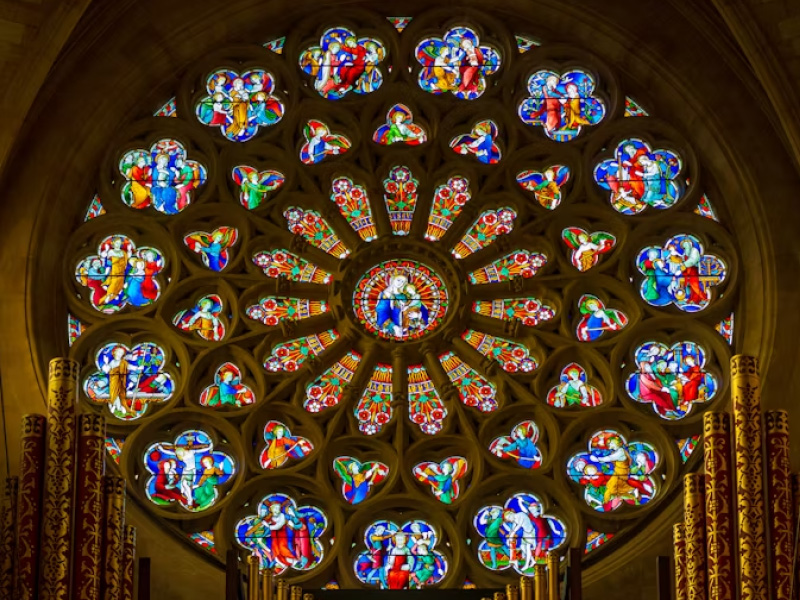
We come to Winter Solstice in the North, Summer Solstice in the South of our planet’s circle dance around the sun. Sun and Earth partner, drawing near, swinging out to edge of orbit, circling back to the starting place to begin again. Earth also partners with her moon in a circle dance, interweaving twelve small circle turns along the long arc of the year. Post Solstice we will dance towards the balance of Equinox.
The Rose or Wheel window found in many Gothic cathedrals is designed to catch the light of the rising or setting sun.*(indicates a reference at the end of the blog) The gathered community experiences themselves sitting in the light. The light moves as the service goes on, and it also moves with the turning of the year. In some churches the light penetrates the main aisle to the altar at Winter Solstice, similar to ancient sites in Ireland and elsewhere.
There are traditional dances for the seasons, largely circle dances that imitate the sun’s cycle.* Whole communities gather to dance the sun’s rise at Winter Solstice. There are dances that prepare people for hunting and harvest, for planting and war. There are dances where everyone present joins in, holding arms, or placing their hands on the waist of the person ahead of them in a line that turns to form a circle. The lead dancers weave patterns with the line, sometimes back on itself so you see the face of every person there across from you in the opposite line. Our celestial lead dancer is our Sun.
Preference: High School Dances or the Fireman’s Hall Experience?
When I was in high school there were mandatory school dances. I found them a painful experience. The boys would line up on one side of the room and the girls on the other. The boys were expected to cross the empty space and ask a girl to partner. It was easy for some and the prettiest girls would be asked first. Shy, awkward, less endowed girls would be left standing until some straggler came across the void, usually encouraged by a teacher assigned to “chaperone” duty. If there were more girls or boys the few left stood along the wall until the next dance when the whole choosing ritual would be repeated.
I learned how these events could have been an entirely different experience when my husband took me to his hometown’s Saturday Night Dance at the Fireman’s Hall, a wood two-story rectangular building painted white. The main floor, cleared of stackable chairs, featured a wooden dance floor. One long side featured the stage where the local band or record music was played. Also on that long side was a separate kitchen (behind the stage) and dining area where pancake breakfasts were (and are) periodically prepared by the volunteer firemen and served to the community.
Most of the dances involved the whole community. Anybody could dance with anybody, often with the person standing beside you when the musicians called out the name of the next dance. When the stress of having to find a partner was removed and the focus was on the community having fun, the whole experience was transformed. The local town dances often would reflect the population of the community. The major industry in this town was logging and northern European workers brought their dances to Wyoming with them. The Firemen’s Hall dances included:
- Line dances – line dances where dancers are in a row following a pattern of steps at the same time.
- Partner dances – ranging from Contra dances (similar to Line dance but the lines have partners) to the waltz. Partner dances may use the V-shaped promenade hold.*
- Group dances – Circle dances, Put Your Left Foot In (etc.)
- Partner Group dances – Square dances, Varsouvienne (combining waltz/mazurka/polka steps to a slower rhythm) *
- And so on, as many possibilities as communities of dancers.
Think of the individuals facing each member of their community every Saturday night passing down the dance line. You meet the one you are grumpy with, but in that moment your body is rejoicing in movement, your heart joyful. Maybe you forgive.
Think of these Differences
Think of the difference in the High School dances if there had been a “Caller” who began the evening with line dances that included every person in the room. Dancing sans competition. Dancing in community. No pain from having no partner.
There is a moment in the Christian high church services called Passing the Peace.* The congregation is encouraged to greet one another. Originally it was the moment you could speak to the person in your community that you were angry or frustrated with and ask forgiveness. Until you did you were creating a hole in the community fabric. Only after healing could you enter the rest of the service and take communion. Otherwise, communion was an empty form you were pretending to observe. Think of the difference if you attended every meeting in your life having forgiven (and been forgiven), never breaking your meeting’s community.
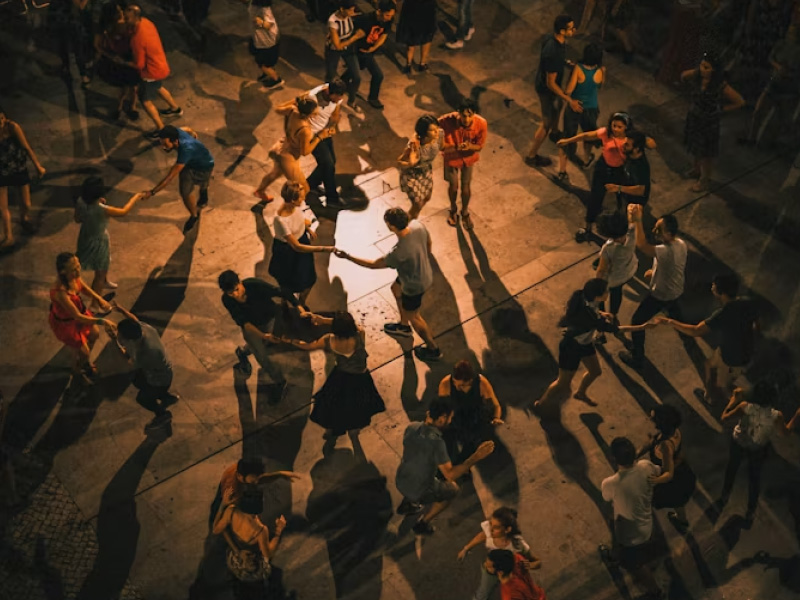
Photo by Ardian Lumi on Unsplash
The Joy of Dancing
When we moved to the big city we were able to attend Scottish Country Dancing evenings, which had much the same flavor, with the smallest children to the oldest adults “dancing”, sometimes together. Both our parents loved to dance, and actively participated in square dance clubs which visited each other’s towns and cities.
My Nia exercise class* is a combination of dance and martial arts movements. Rachael Resch, the instructor, attends to the turnings of the year, adapting the routines (patterns) to the various seasons. The dancers have formed a community of both on-line and in the studio attendees. In an opening discussion people named why they attend two to three times a week:
- It’s as if my body loves the movements
- The martial arts kicks and punches are building strength, the pattern almost effortless when moving to the music
- The fluidity that comes from moving in and out of patterns and into free dance.
- I enjoy adapting to and inventing the various patterns
- I always end class feeling rejuvenated.
- When dancing my body is full of joy, bubbling up from the body itself.
Strengthening
Originating in the countries holding the Mediterranean Sea, belly dancing is the oldest dance currently practiced. There are rock engravings 17,000 years old found in caves of Addaura, near Palermo in Sicily.* There are variations for men in the Middle Eastern countries.
I learned how from women who stood witness to the strength the dance brought to the strong, flexible muscles needed to bear children. Often the women brought their older children and both boys and girls would dance also; once I saw a woman was teaching a dipping move with a line of children behind her like baby ducks.
Fluidity
My husband and his mother taught me how to dance the Schottisch* at the Fireman’s Hall. Apparently one of the oldest of all dances, the dance steps have two parts, both using four counts. The first four steps are polka. On the second half the first three counts are still a polka step, but the fourth step moves the dancer into the next set of two parts (eight counts). That half of the fourth step is either:
- A step, then a pause for half a beat followed at the last moment with a hop
- Or, slightly easier, two hops to the beat on the second four steps.
At the Fireman’s Hall the music would go faster and faster. For dear life I hung on to my partner, counting, not wanting to be the one that broke the rhythm. As I got better at it, the hop accented the fluidity of a whole group of people moving rapidly through down the hall and back again.
Other dances would call for changing who leads, who follows and then reversing, or one lead couple going around the line of couple, one partner to the left and the other to the right, down the row to meet again at the end, becoming the last couple to move up the line.
Adaptability
In middle grade physical education classes, we were taught Square Dancing. Four couples form the four sides of a square with an empty center. There is a “caller” who calls out the steps the group dances. “Go to the center” meant everyone advanced to the middle of the square. Do-si-do was a right shoulder, back-to-back turn by the partners, or maybe with their “corners.” (We all often do-si-do when passing through a crowded place.) As the dancer you were listening to the caller, interacting with your partner, and with the whole group at the same time. Think what good training that was for context awareness and group dynamics.
Rejuvenation
This word means to make young again – in energy and appearance. At this Solstice we are dancing the old year out and the new year in, and our icons of an old man with a long beard carrying a small child reflect this ancient understanding. This dance is a rejuvenation of time.
There are traditional groups of dancers in many countries responsible for dancing holy dances at holy times. Morris Dancers use sticks and handkerchiefs as they dance, marking the time.
This season we find the Rose/Wheel windows of Chartre Cathedral rejuvenated.* Much of the Cathedral burned, and residues and ash covered the windows and stonework. A community of funders and workers rapidly brought the cathedral back to how it looked when it was young; there is light everywhere. Many of the workers tell how the work itself rejuvenated their craft, and their lives.
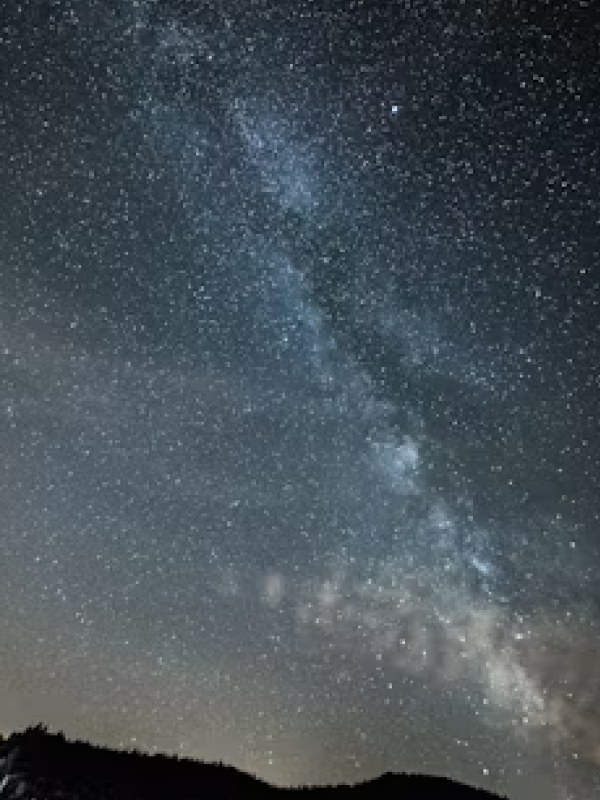
The Swing Dance of the Universe
Our earth dances with the other planets in our solar system. Generally we are aware of our dance with Mercury and Venus, since their transit steps interact frequently with our own circle dance. Our solar system dances with others in the solar system. Our solar system is part of what seems a line dance of the Milky Way from our viewpoint. These dances may go on into infinity… Here’s a poem that teaches us about dancing this cosmic Swing Dance.
Between the Conscious and the Unconscious
Between the conscious and the unconscious,
a third thing has put up a swing.
All earth creatures, even supernovas,
sway between these two trees, and it never winds down.
Angels, animals, insects by the million,
also the wheeling sun and moon;
Ages go by, and it goes on.
Everything is swinging: heaven, earth, water, fire,
and the Secret One slowly growing a body.
Kabir saw that for fifteen seconds, and it made him a servant for life.
—Kabir
Robert Bly’s The Kabir Book*
Conscious, semi-conscious, or unaware, we are all disciples of this dance.
Please comment. Please take the time to Dance through this season.
References
- The Rose or Wheel window https://en.wikipedia.org/wiki/Rose_window
- Dances that imitate the sun’s cycle.. https://en.wikipedia.org/wiki/History_of_dance#:~:text=Archaeology%20delivers%20traces%20of%20dance,3300%20BC
- Partner dances may use the V-shaped promenade hold. https://en.wikipedia.org/wiki/Promenade_posit
- Varsouvienne (combining waltz/mazurka/polka steps to a slower rhythm) https://en.wikipedia.org/wiki/Varsovienne
- Passing the Peace. https://www.stgeorgescalgary.com › who-we-are › pages
- Nia Exercise Class, Rachael Resch: https://synergy-pt.net/
- Rock engravings 17,000 years old found in caves of Addaura, near Palermo in Sicily. https://csa-living.org/oasis-blog/the-origins-of-belly-dancing#:~:text=There%20are%20many%20theorists%20that,for%20marriage%20and%20bearing%20childre
- Schottische https://www.freewheelers.org/1DancingFool/schott.htm
- Chartre Cathedral Rose/Wheel windows https://www.worldhistory.org/article/1277/the-stained-glass-windows-of-chartres-cathedral/
- Poem: blanket permission by Robert Bly, granted for Lola Wilcox for Spiritual Seasonings and other creative use

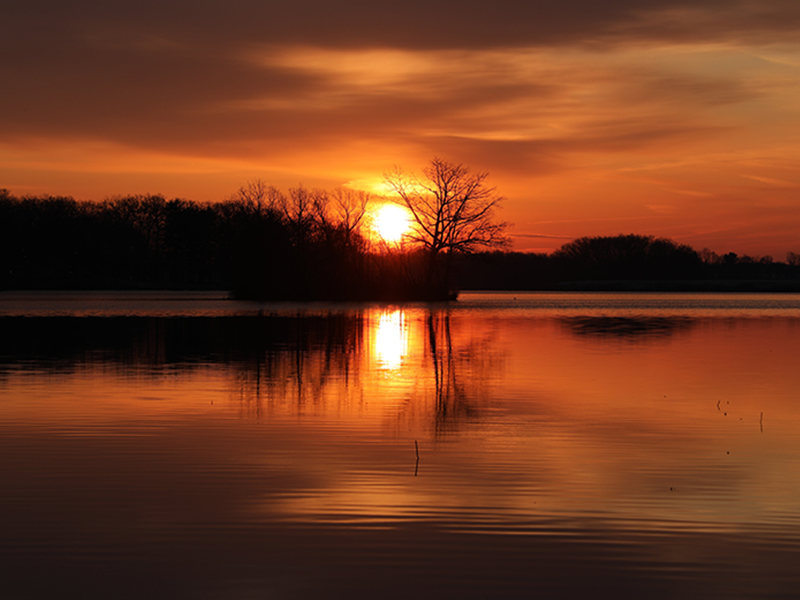
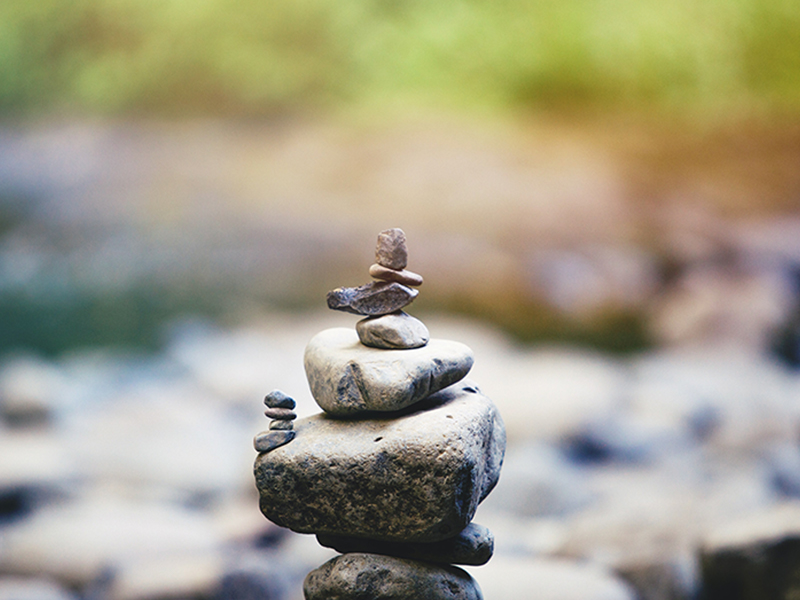
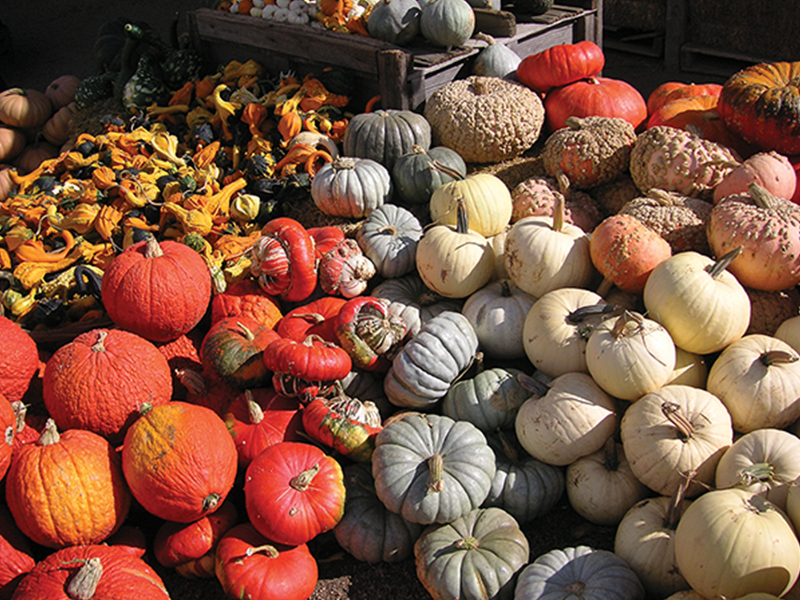
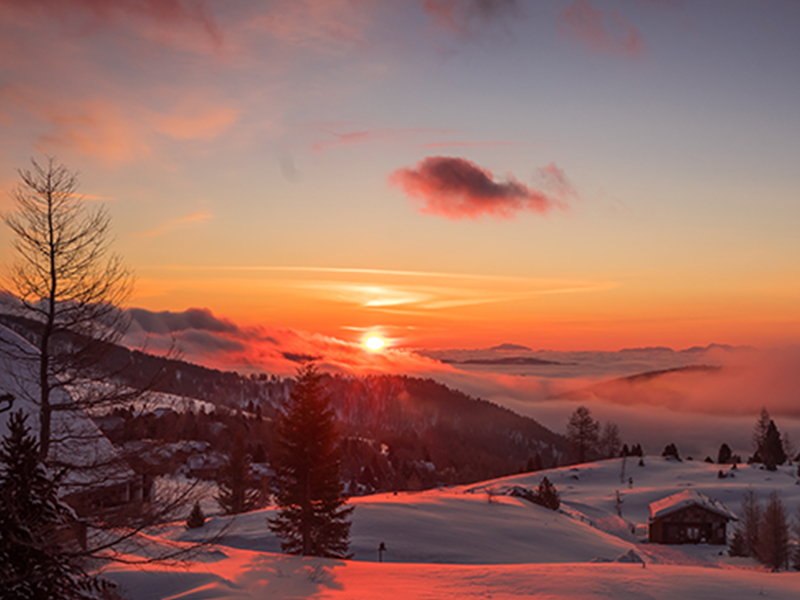
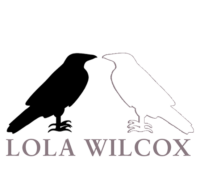
Leave A Comment